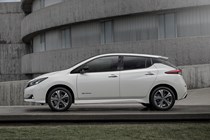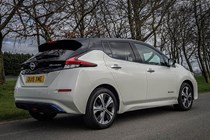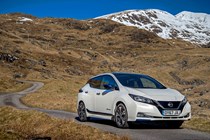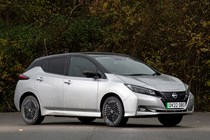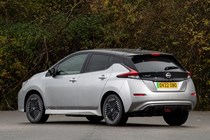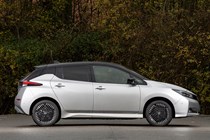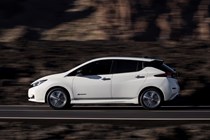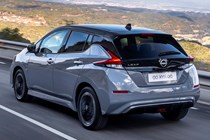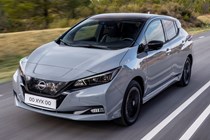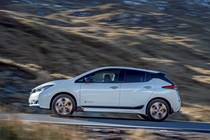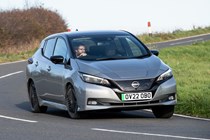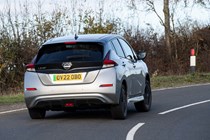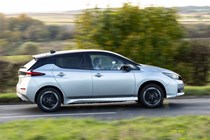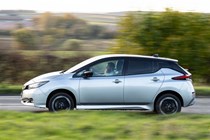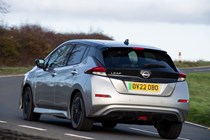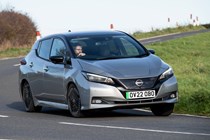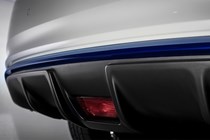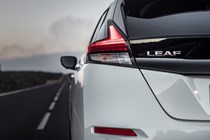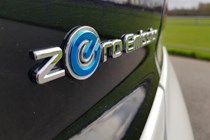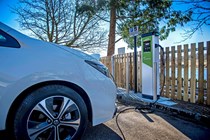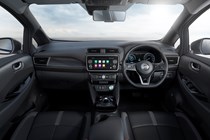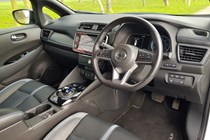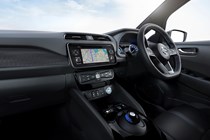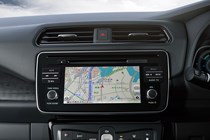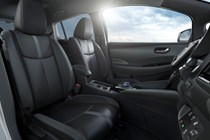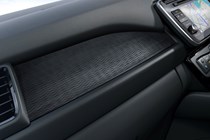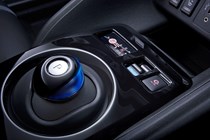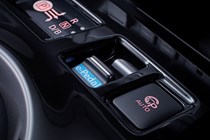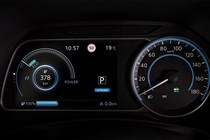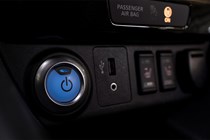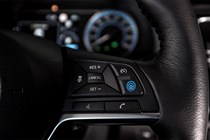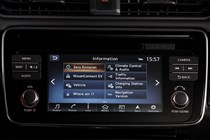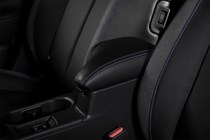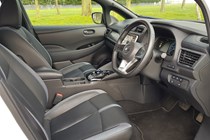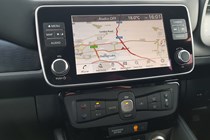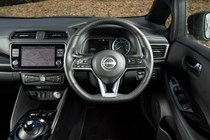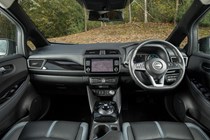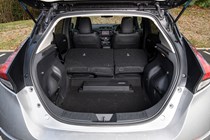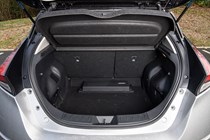
Nissan Leaf running costs and reliability
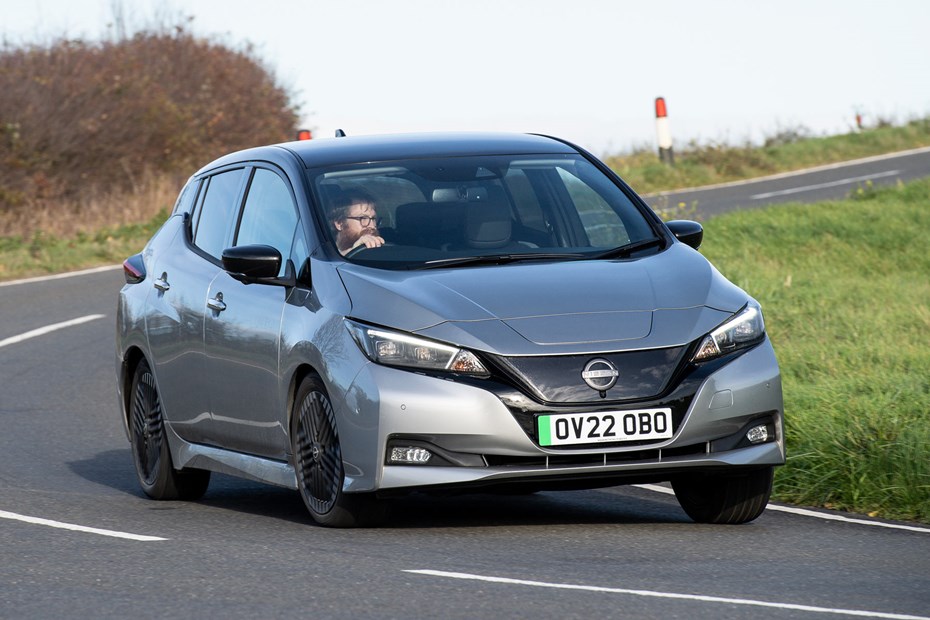
Miles per pound (mpp) ⓘ
| Electric motors, home charging | 8.8 - 10.9 mpp |
|---|---|
| Electric motors, public charging | 4.8 - 5.9 mpp |
Fuel economy ⓘ
| Electric motors | 3 - 3.7 miles/kWh |
|---|
- Up to 239 miles driving range
- Where you drive will have a big impact
- Limited to 50kW DC rapid charging
What are the running costs?
There was a time when electric cars were considerably cheaper to run than petrol or diesel models. As energy costs have soared, this gap has closed – especially if you’re restricted to charging on the pricier public charging network – but if you’ve got an electric-car friendly home-electricity tariff and your own wallbox charger you should still be quids in.
Charging time for the Leaf is more than seven hours on a standard 7.4kW wallbox. This is to be expected. What’s disappointing is that the Nissan is still limited to only 50kW DC fast charging – and making things worse, isn’t at all compatible with the charging socket design you’ll find on many newer public chargers. So while you can get an 80% top-up in 60-90 minutes, you might still have to hunt for somewhere suitable to plug it in.
As for driving range, less expensive Leaf models with the 39kWh battery pack will go 163 miles according to official WLTP figures, while Leaf e+ variants with their 59kWh battery pack can travel up to 239 miles. This is still okay by modern standards, but as with many older electric cars we find that the predicted range tends to plummet on faster roads. So you may find you’ll need to stop for electrons more frequently on motorway journeys.
View detailed efficiency figures on our Nissan Leaf specs pages
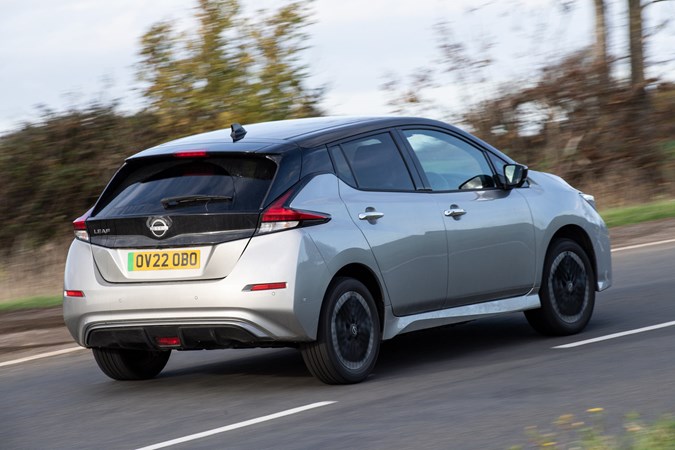
Servicing and warranty
Because it’s an EV, it should be much easier to keep a Leaf on the road than a traditional petrol-powered hatchback. An electric motor requires hardly any maintenance, so owners only need to worry about consumables such as tyres and brake pads come service time.
Nissan delivers every new Leaf with a three-year (or 60,000-mile – whatever comes first) vehicle warranty. The battery pack and electric motor are covered for eight years or 100,000 miles.
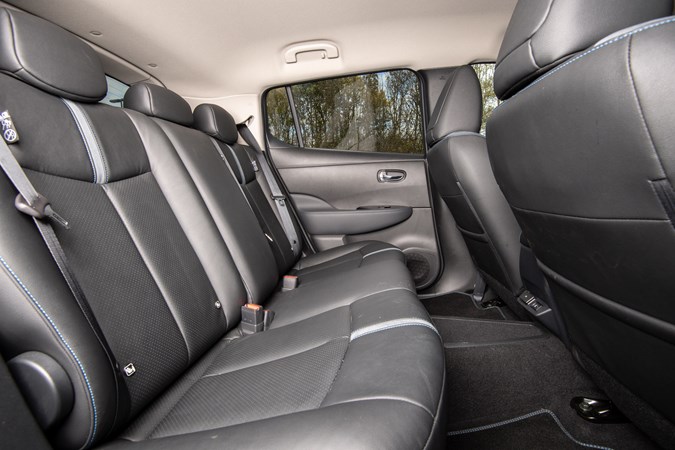
Reliability
- Overall, Nissan reliability is above average
- EV powertrain has fewer mechanical parts…
- … which means there’s a lot less to go wrong
The Nissan Leaf has proven itself reliable and dependable, with owners willingly sharing tales of blissfully problem-free driving in keeping with Nissan’s claims of a 94% customer satisfaction rate – the highest of any of its models.
Notions that electric cars are complex and unreliable is rapidly diminishing, thanks in part to companies like Nissan that build them to high standards, but also due to the increasing realisation that they have fewer mechanical parts to wear out than conventional vehicles.
So, it’s highly unlikely that first or second owners will encounter any serious problems with the Leaf’s electric powertrain. Nissan has sold more than 300,000 Leafs, and the company claims it is yet to encounter a total battery failure on any of its vehicles.
Ongoing running costs
| Road tax | £0 |
|---|---|
| Insurance group | 21 - 28 |
Get an insurance quote with

|
|



